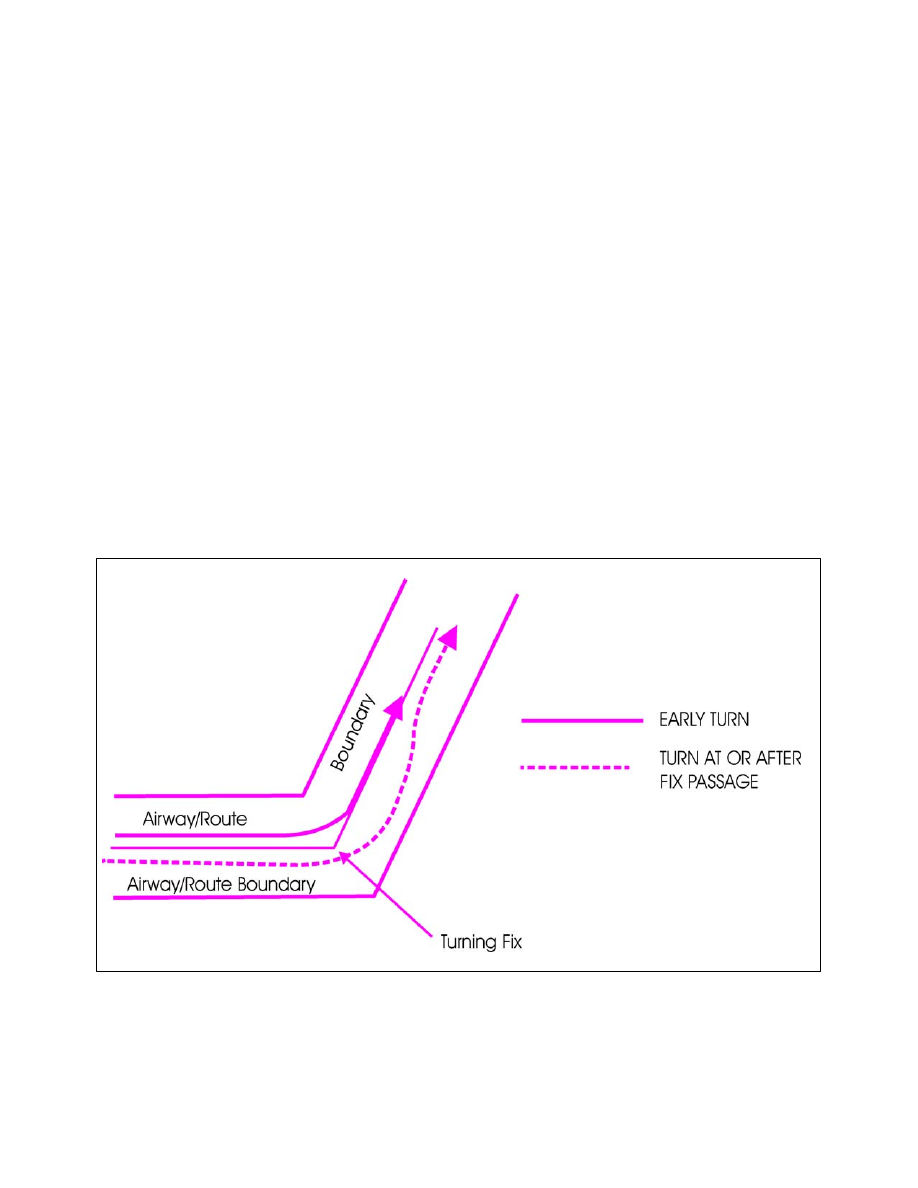
AIM
8/15/19
5
−
3
−
17
En Route Procedures
c. Radar Vectors.
Controllers may vector air-
craft within controlled airspace for separation
purposes, noise abatement considerations, when an
operational advantage will be realized by the pilot or
the controller, or when requested by the pilot. Vectors
outside of controlled airspace will be provided only
on pilot request. Pilots will be advised as to what the
vector is to achieve when the vector is controller
initiated and will take the aircraft off a previously
assigned nonradar route. To the extent possible,
aircraft operating on RNAV routes will be allowed to
remain on their own navigation.
d.
When flying in Canadian airspace, pilots are
cautioned to review Canadian Air Regulations.
1.
Special attention should be given to the parts
which differ from U.S. CFRs.
(a)
The Canadian Airways Class B airspace
restriction is an example. Class B airspace is all
controlled low level airspace above 12,500 feet MSL
or the MEA, whichever is higher, within which only
IFR and controlled VFR flights are permitted. (Low
level airspace means an airspace designated and
defined as such in the Designated Airspace
Handbook.)
(b)
Unless issued a VFR flight clearance by
ATC,
regardless of the weather conditions or the
height of the terrain, no person may operate an
aircraft under VMC within Class B airspace.
(c)
The requirement for entry into Class B
airspace is a student pilot permit (under the guidance
or control of a flight instructor).
(d)
VFR flight requires visual contact with
the ground or water at all times.
2.
Segments of VOR airways and high level
routes in Canada are based on L/MF navigation aids
and are charted in brown color instead of blue on
en route charts.
FIG 5
−
3
−
1
Adhering to Airways or Routes
5
−
3
−
5. Airway or Route Course Changes
a.
Pilots of aircraft are required to adhere to
airways or routes being flown. Special attention must
be given to this requirement during course changes.
Each course change consists of variables that make
the technique applicable in each case a matter only the